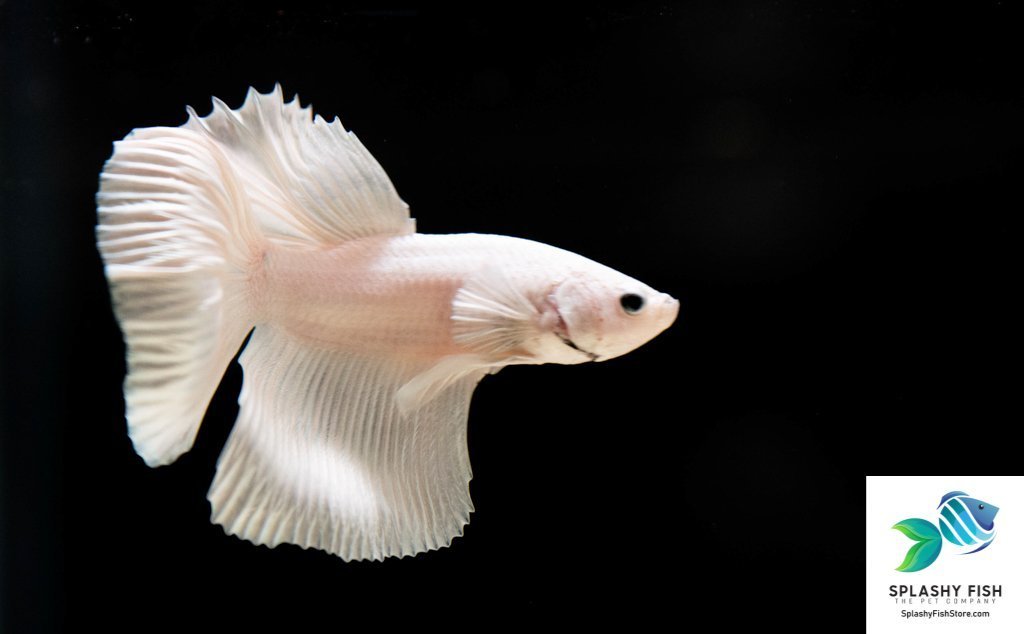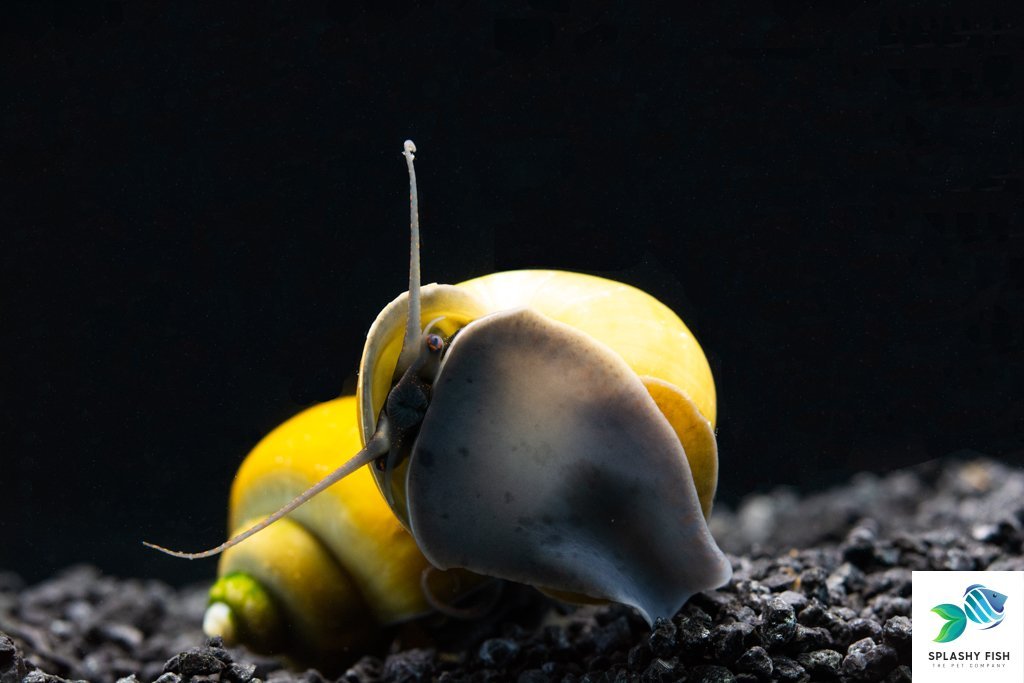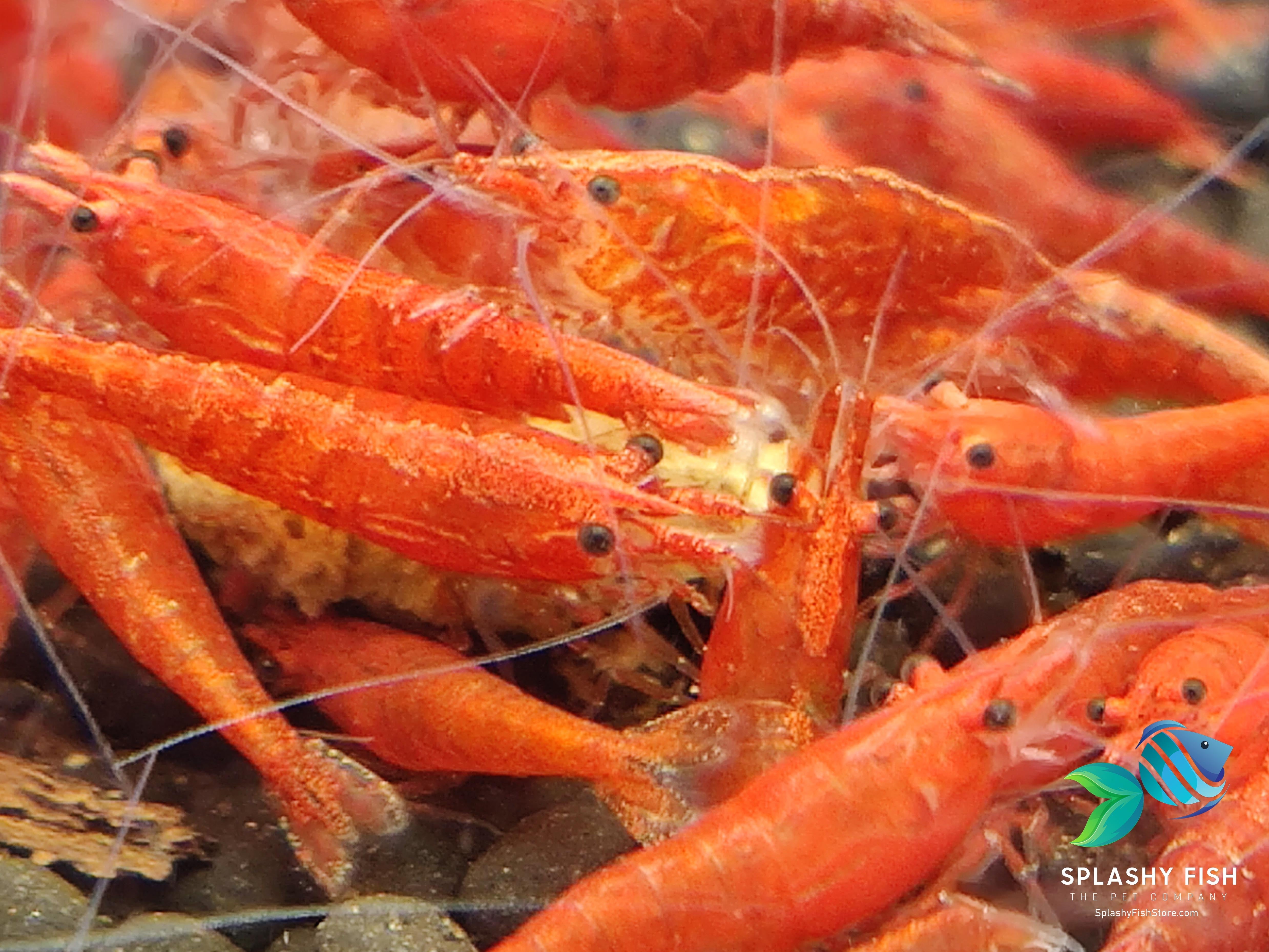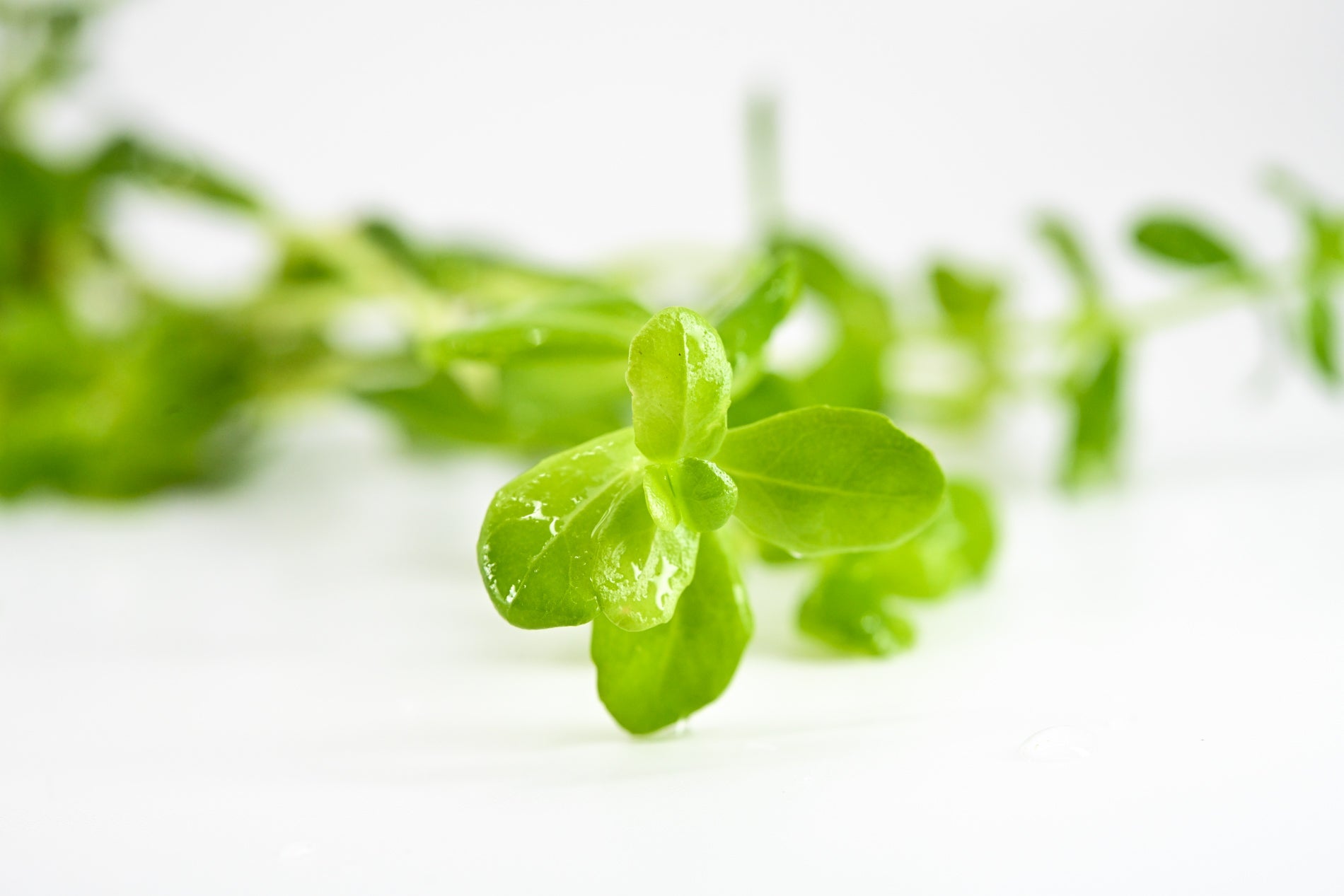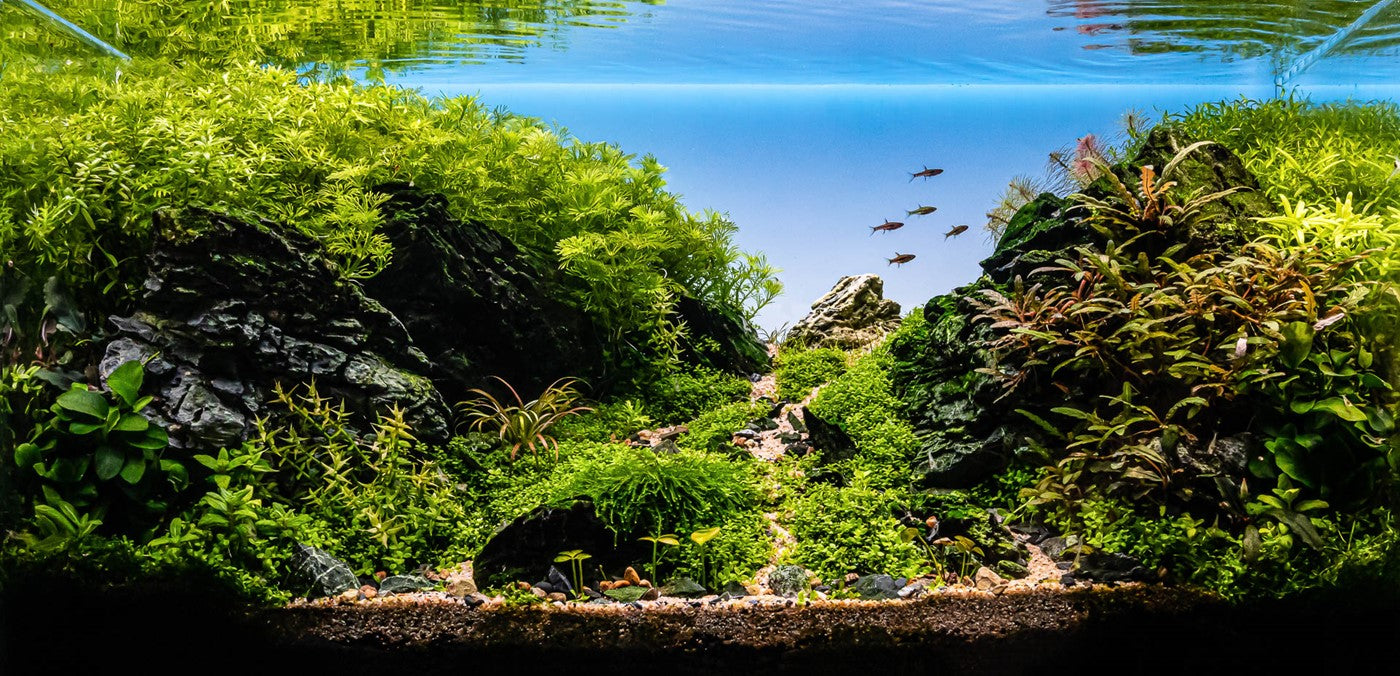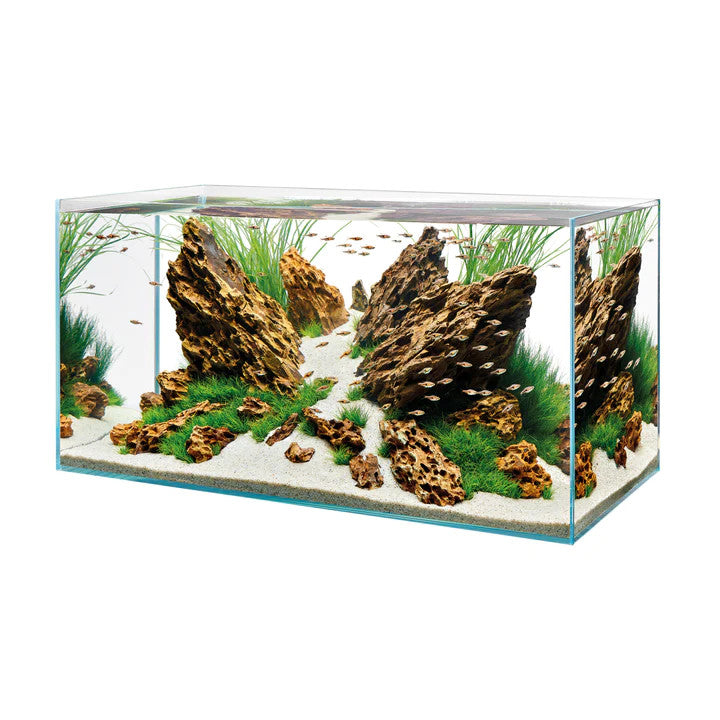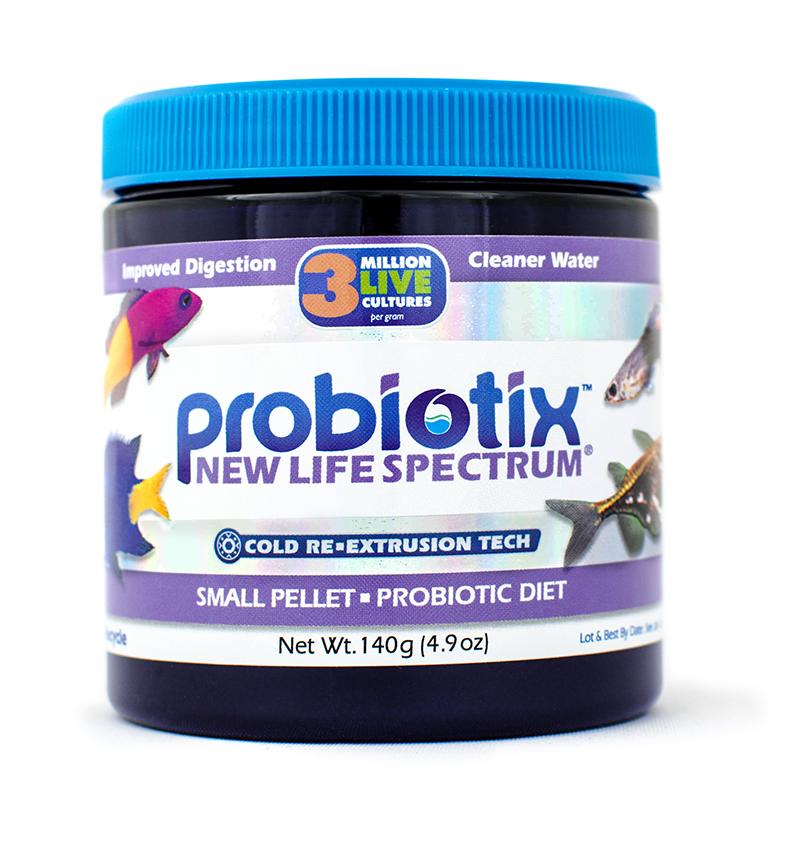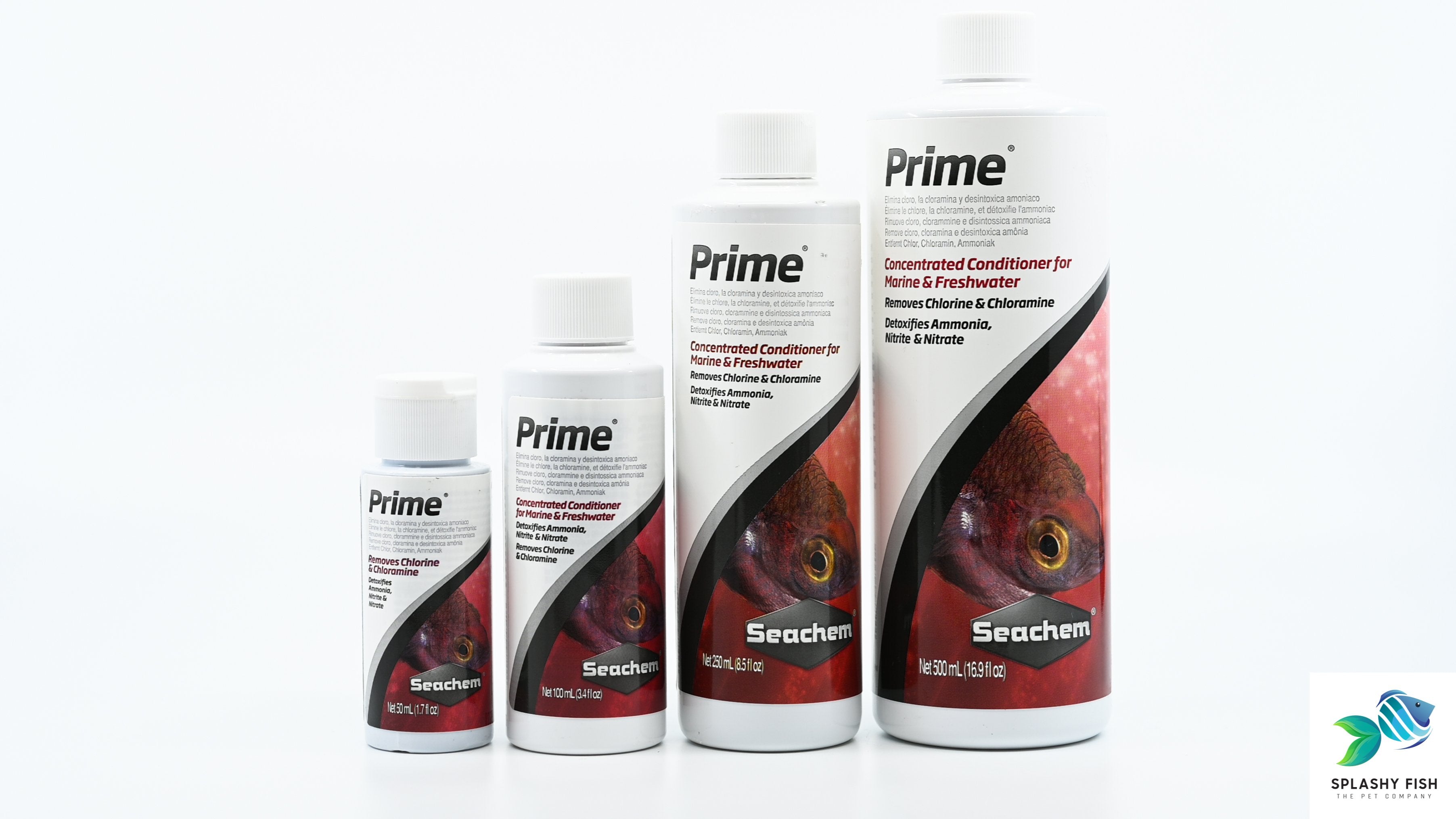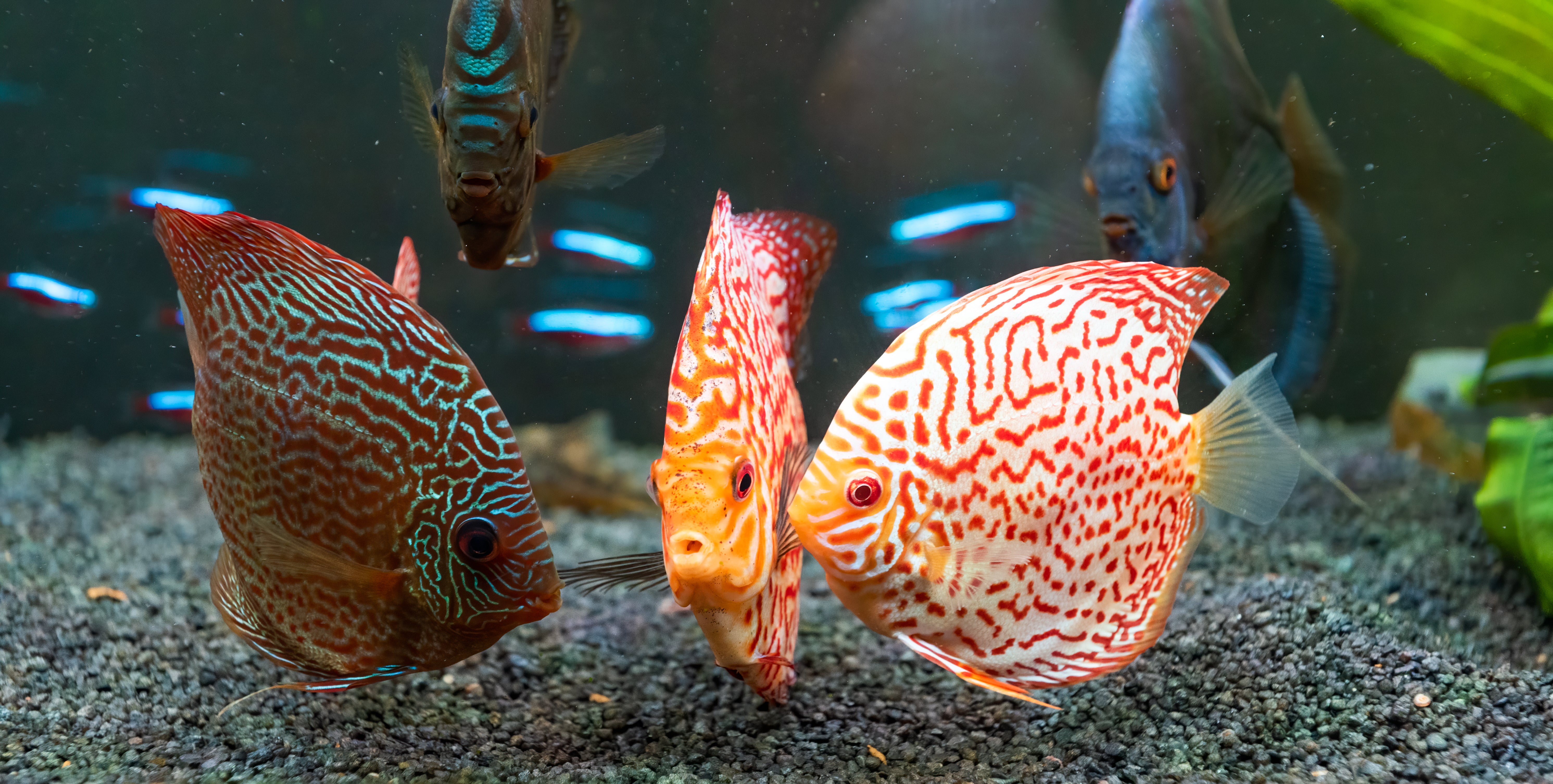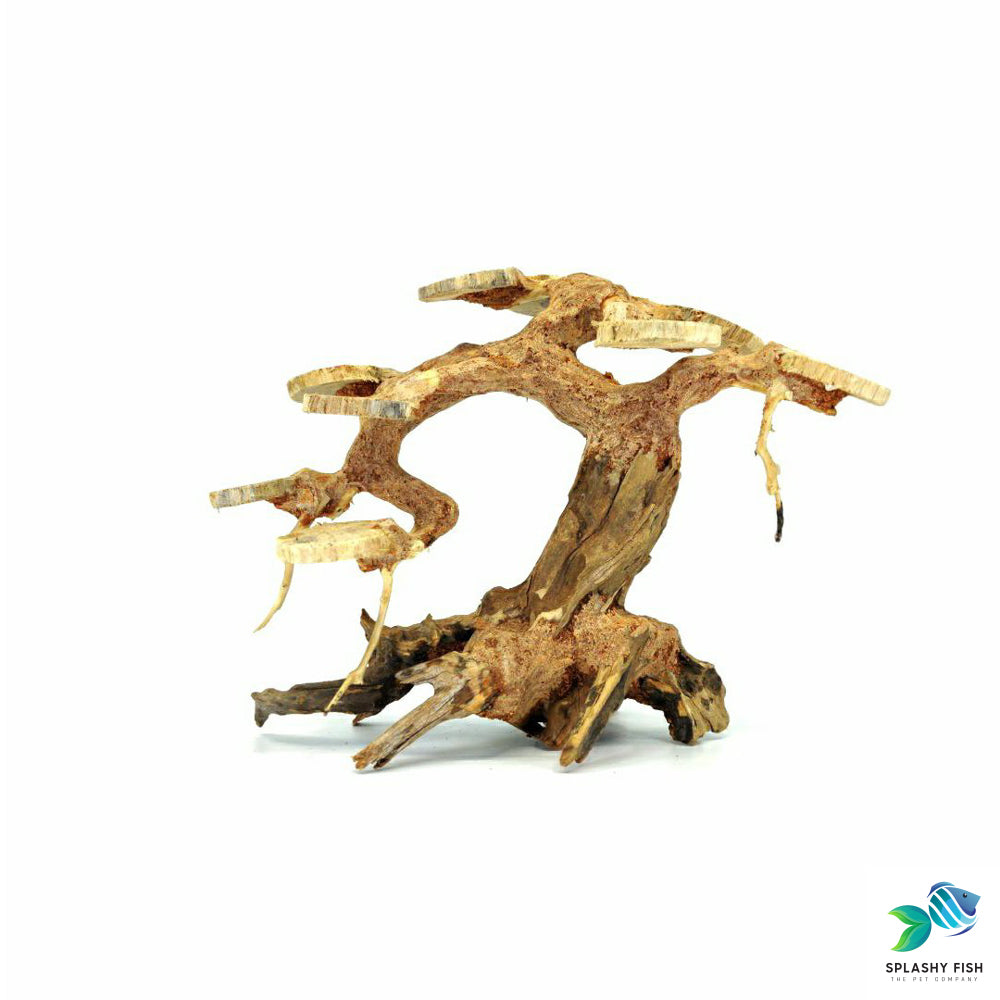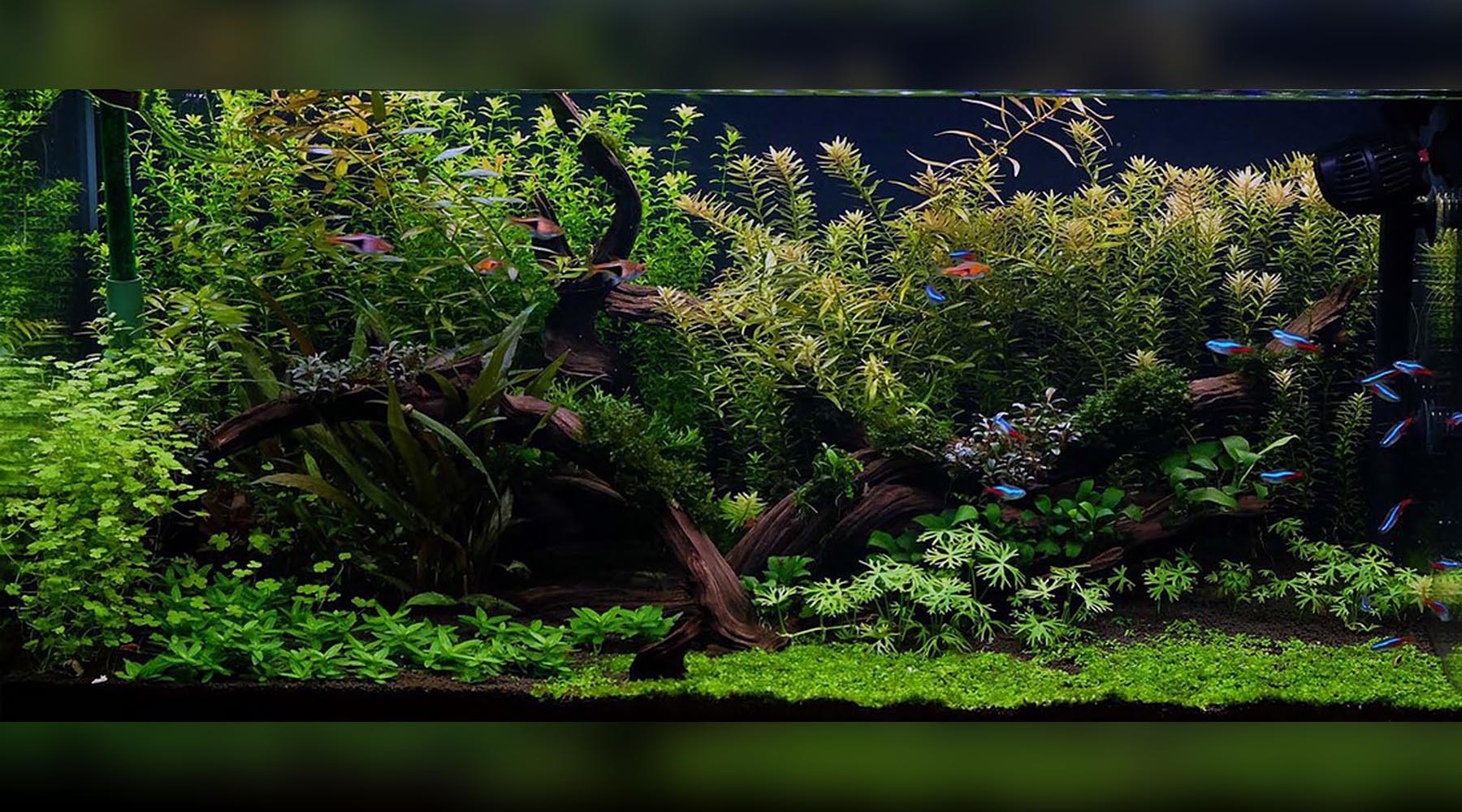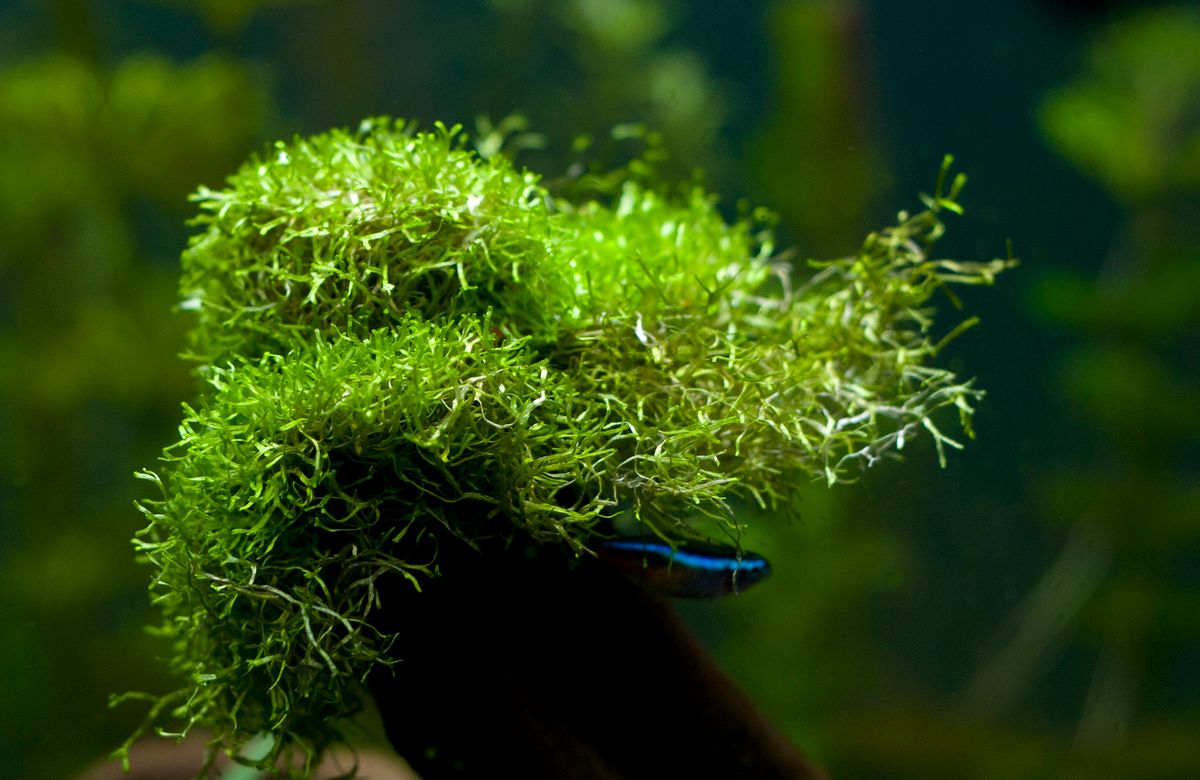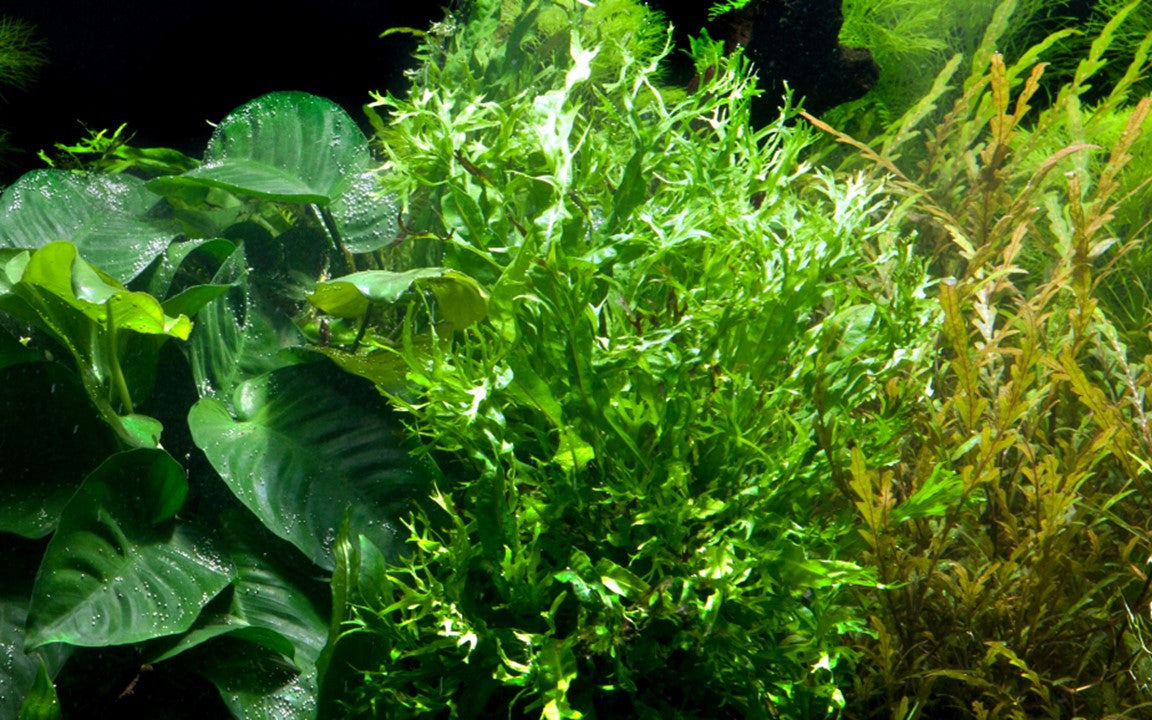Care Guide for Betta Fish
How to take care of betta fish?
“Oh look… its tail is vibrant… shimmering each time it moves… like dancing in a waving gown. How beautiful it is.” I cried. “Oh yeah, of course, it is Betta fish, very attractive. And, just for your information, you are watching halfmoon.” my friend laughed.

(Image of Super Blue Halfmoon Betta)
You may have seen a Betta fish at least once in your life, maybe in an aquarium at a fish shop, or in an aesthetic vase decorated with some crystal pebbles, and artificial plants at your friend's house, or just simply in a bowl placed on your colleague's desk. Envy with its beautiful “dress” and eye-catching appearance? We believe you do, but don’t let that beauty fool you. They are well-known as warriors from Siam (Thailand today), Siamese Fighting Fish.
Fun fact: You may find Betta fish is also named after a clan of warriors - Bettah.
This means Bettas are actually aggressive, seek a fight whenever noticing rivals nearby. Nevertheless, it is still possible for them to be with other community fish. If you really want to put them with other tankmates, you may refer to our The Best 5 Tank Mates For Betta Fish

(Image of Assorted Koi Galaxy Halfmoon Plakat Male Betta)
Where do betta fish come from?
Widely seen in Southeast Asia region, their favorite home is in rice stagnant paddies, drainage ditches, warm flood plains. These places are normally shallow, hence in order to adapt Betta fish develop a wonderful scheme known as labyrinth organ, with which they are able to breath oxygen directly from the air in the water shortage condition. However, this does not mean you should keep your fish in the aquarium having similar conditions. Since they are not quite big, their length can be from 2.4 – 3 inches (~ 6 – 8 cm), a tank of at least 3 gallons will be the perfect choice.
Tips: For each type of Betta, you may want to consider different tank sizes due to their active behavior. For halfmoon, 3-gallon will do; however, for halfmoon plakat, we suggest a tank size of 5-7 gallons. If you keep neither of them but crowntail, you should need no less than 10-gallon tank.
What is Betta's Aquarium Parameters?
Your Betta fish’s natural habitat is warm, so the water in your tank should be warm too. They will be happy if the water temperature falls in the range between 78 – 85oF (~ 24 – 25oC). We recommended to have your temperature at 82F. You also need to notice water parameters. We believe the below help your fish grow healthily.
Ammonia and Nitrite: 0 ppm
Nitrate: <20 ppm
GH: 3-4 dGH (50-66.7 ppm)
KH: 3-5 dKH (53.6- 89.4 ppm)
pH: 6.5-7.5
Water change: at least once a week
We know you love the idea of letting your fish swim in a crystal bow or vase but we highly recommend not. You hardly control the water temperature there. Too cold, their immune system will be suppressed and vulnerable. Too hot, they will be uncomfortable, aging quickly as their metabolism increases.
Make sure to treat your aquarium with Aquarium Water Conditioner, and add some live aquarium plants to your betta's aquarium to increase water quality and give them better living condition.
Note: Careful with chlorine and heavy metal too. They may kill your fish. You can use dechlorinating agent to treat them.
How long do bettas live? What is Betta lifespan?
Generally, Betta fish can live from 3 – 5 years. How long they can live will be up to not only living conditions but diet as well. Betta fish love meaty food. They prefer live food, insect or insect larvae. Pellets and flakes are also recommended. We highly recommended to use New Life Spectrum Betta Food, Freeze Dried Bloodworms and Frozen Bloodworms as they have the best nutrition contain and the best diet fish food. You should not feed Betta live food frequently for a long time or else they will refuse to feed on other types. Feed them 2 times a day in the morning and evening.


(Image of Our sample WYSIWYG Premium Male Betta selection)
You will see Betta’s health condition by looking at its appearance. If they are colorful, active and interested in the surroundings. Congratulations! You did well. If they look listless, frayed fins, inactive, you are in trouble now.
Can betta fish live with other fish?
Just one rule, no two males are allowed to keep in one tank. If you do so, they will seek a fight whenever they see each other. Nevertheless, if you don’t like the idea of keeping one lonely betta, if you so fancy a group of “dancing gowns”, try sorority betta tank, a group of 6 females or more normally kept in a 20-gallon fish tank or community betta tank instead, a group of bettas (may include male and female) which is raised up together and never separated. Look for other Bettas for your tank, see our Betta collection. We got a variety from halfmoon, plakat, WYSIWYG Premium Betta.
Betta can get along well with other types of fish as long as they are small, peaceful, and have no fin-nipping. Be careful to choose their tank mate, they should not share a similar appearance with Betta or else your Betta may be confused and deemed them as their rivals.
Some good tank mates may include ember tetras, neon tetra, cardinal tetra, rummy nose tetra, harlequin rasboras, cory catfish, kuhli loaches.
Betta Breeders and How to Breed Betta Fish?
The first thing you will see is the bubbles. Loads of bubbles form a bubble nest. This time your fish are ready to spawn. Notice the space for your fish such as you should get them a tank of 10-gallon as well as maintain the pH and temperature of 7.0 and 80 respectively in this stage.
The courtship scene may be violent if the female betta denies to cooperate with the male. In the situation and after all, you may find your female got some frayed fins or lost a few scales. When she agrees, both start dancing and circling. The male will wrap himself around the female who has turned on her back. As she expels the eggs, they are fertilized and begin to sink. The male then catches the eggs in his mouth and slowly puts them in the bubble nest. When all of them are in place, the male will guard the bubble nest until the eggs hatch, 24 to 48 hours later. The male betta fish will protect the hatchlings for an additional three to four days while they finish absorbing their yolks. Once the fish fry is free swimming, they’re on their own.
Beautiful Betta Fish

(a Yellow Fancy Halfmoon Plakat Betta Fish)
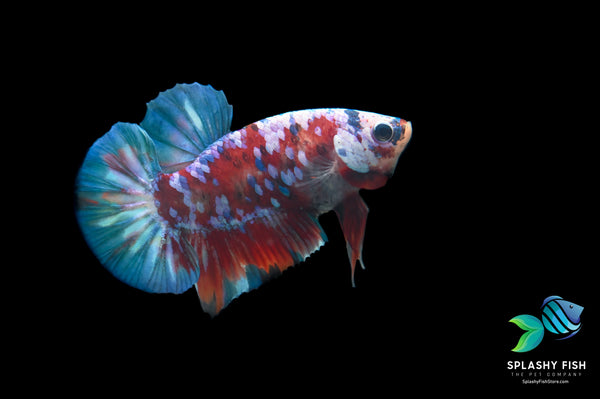
(A Red Koi Galaxy Male Betta Fish)
You can also learn the 5 Best Tank Mates for Betta Fish


